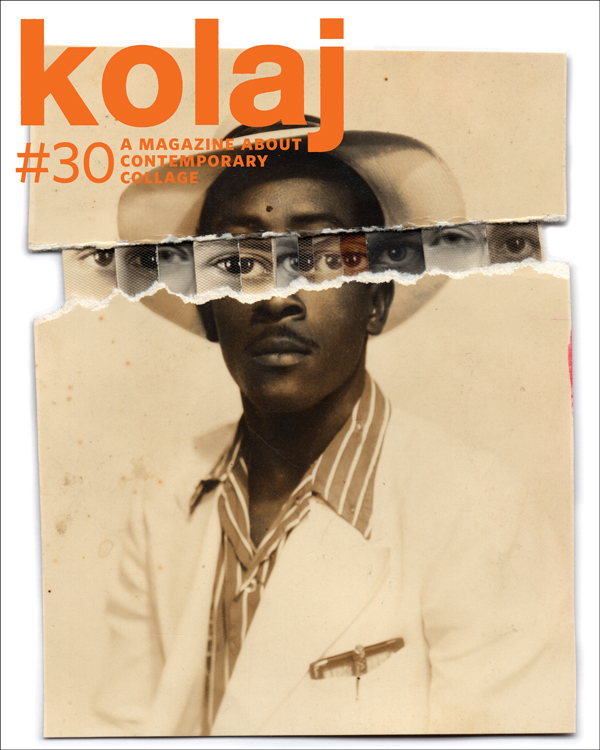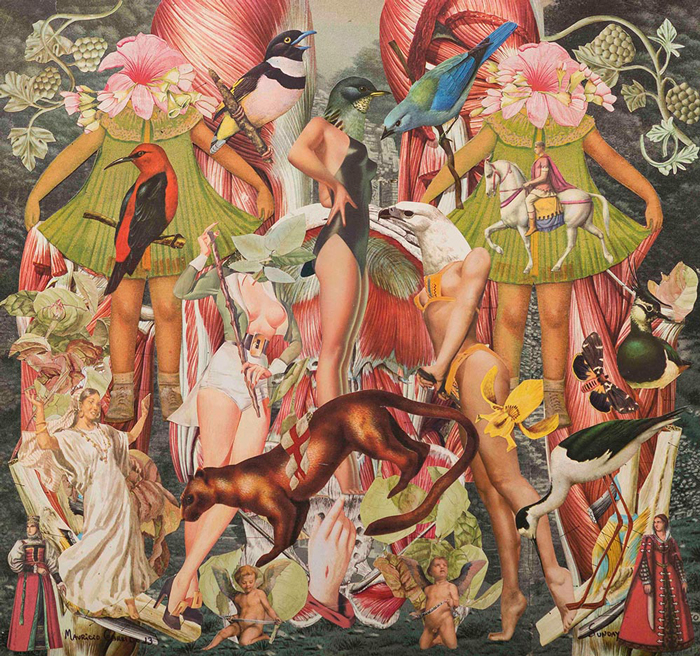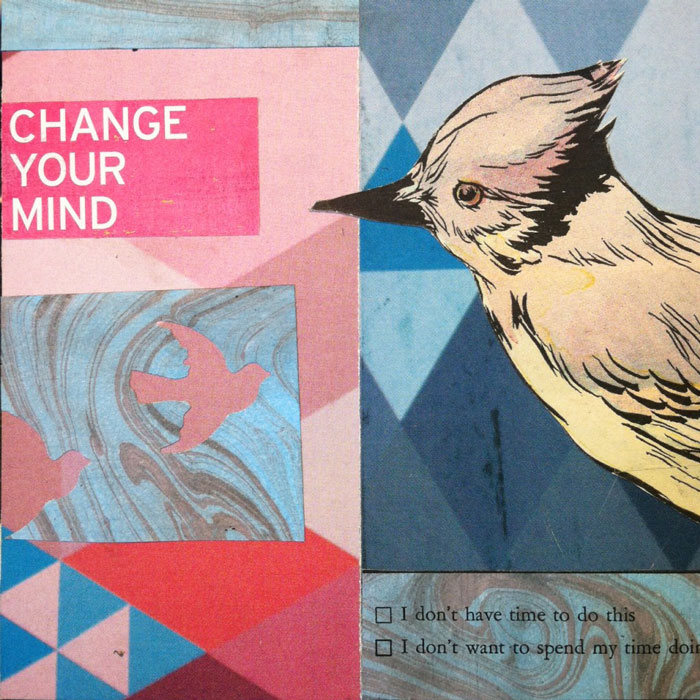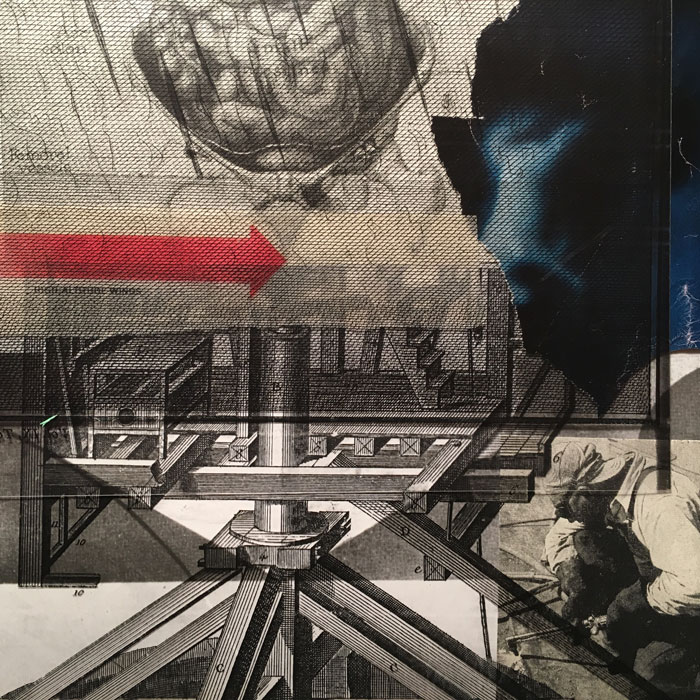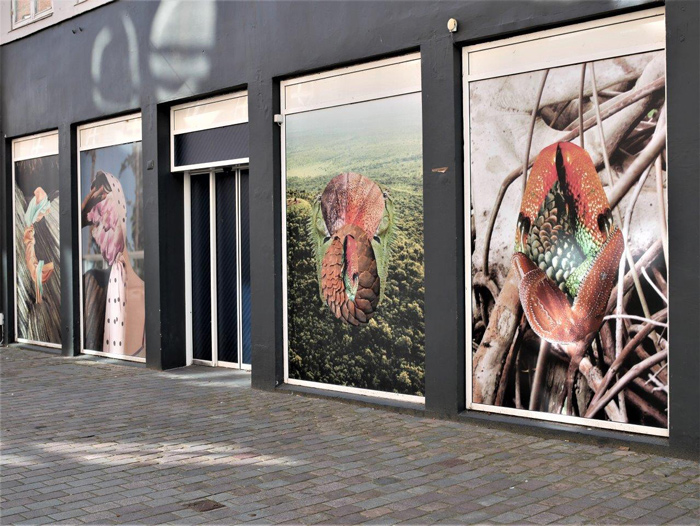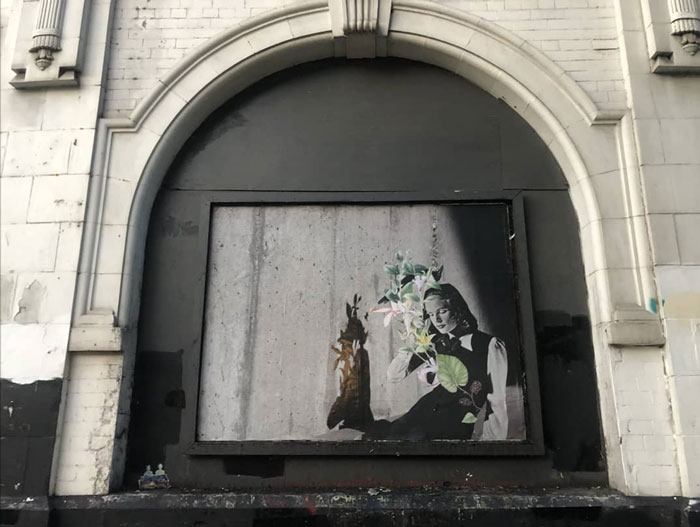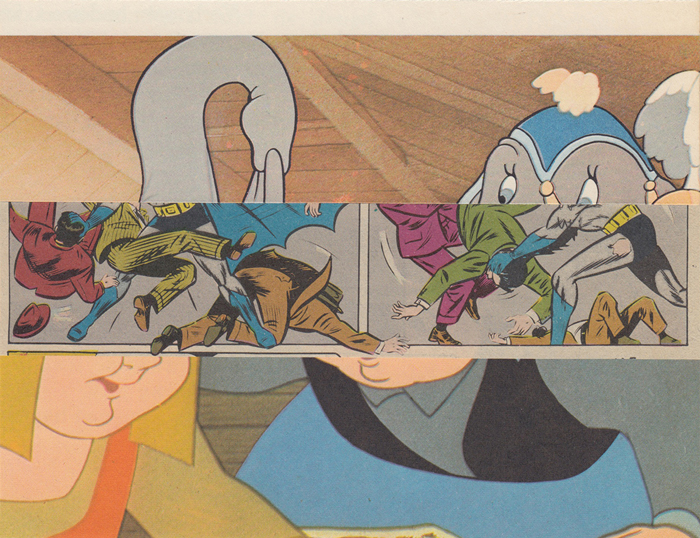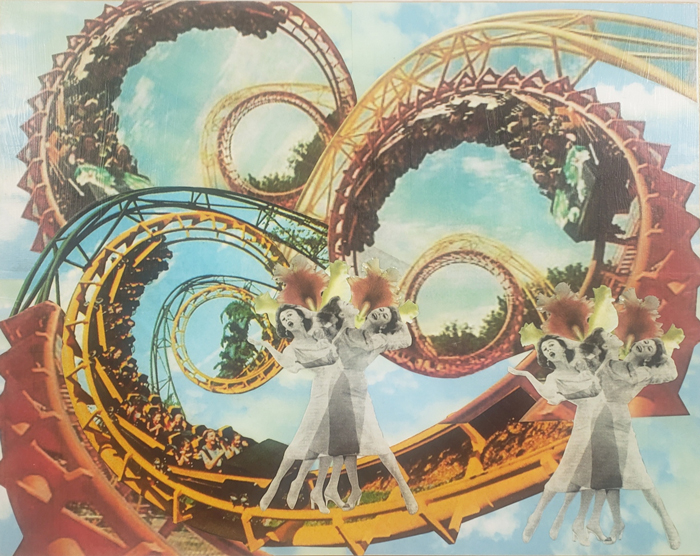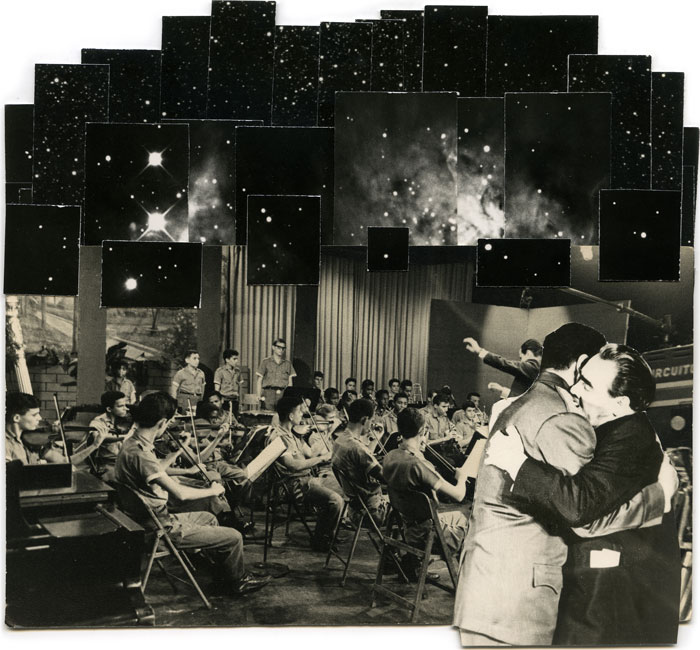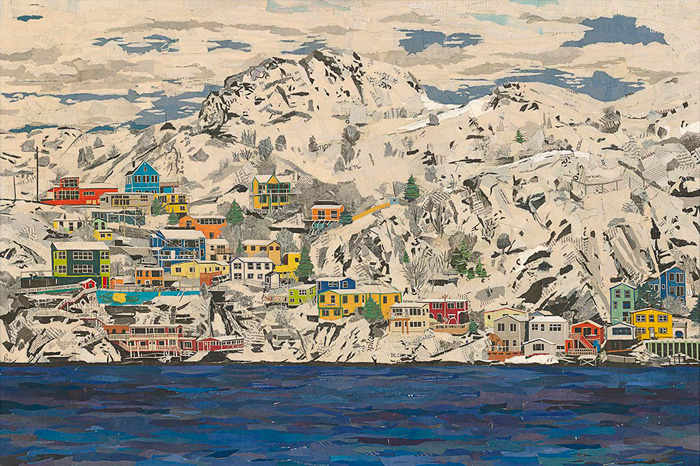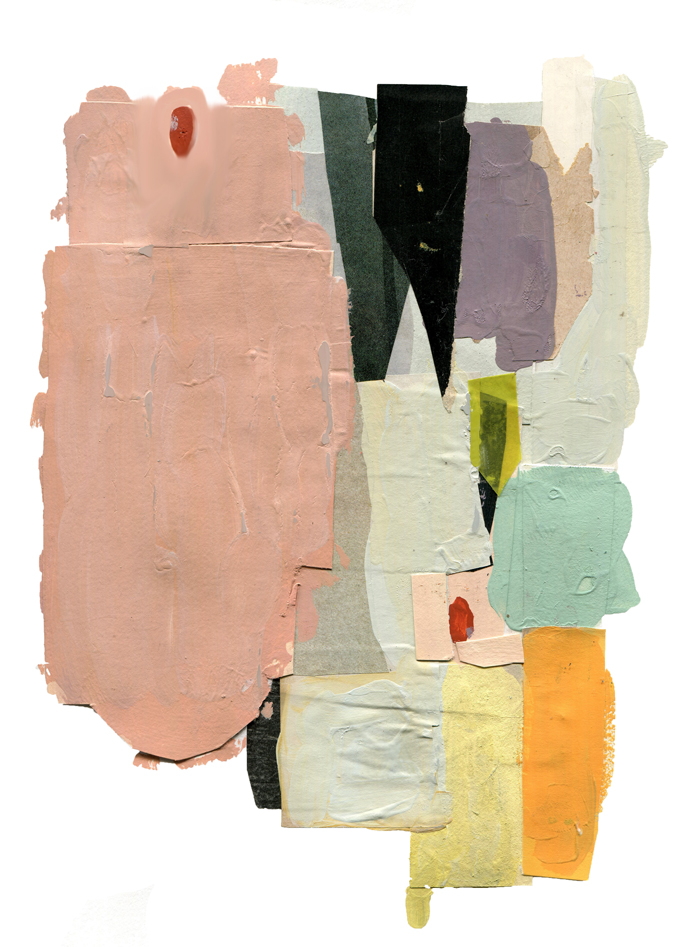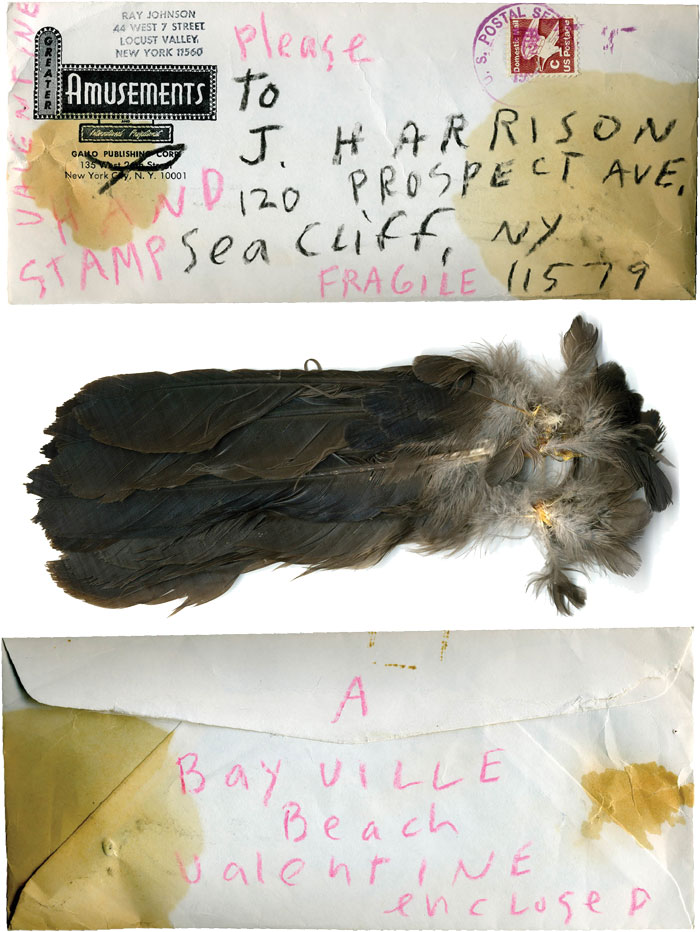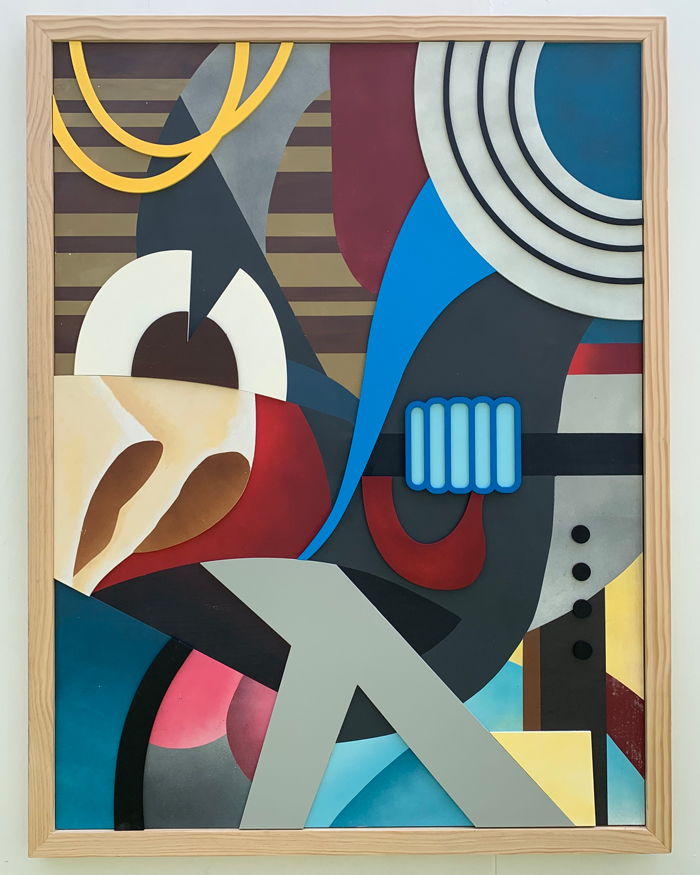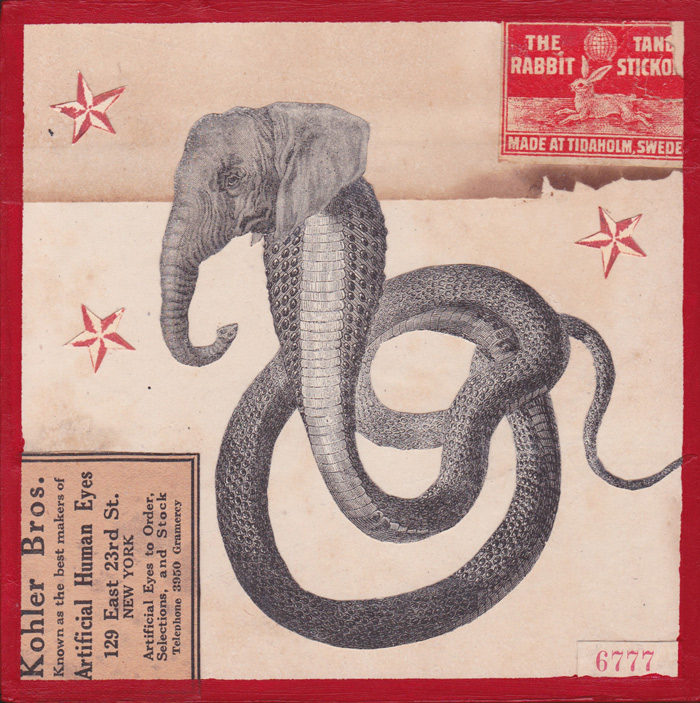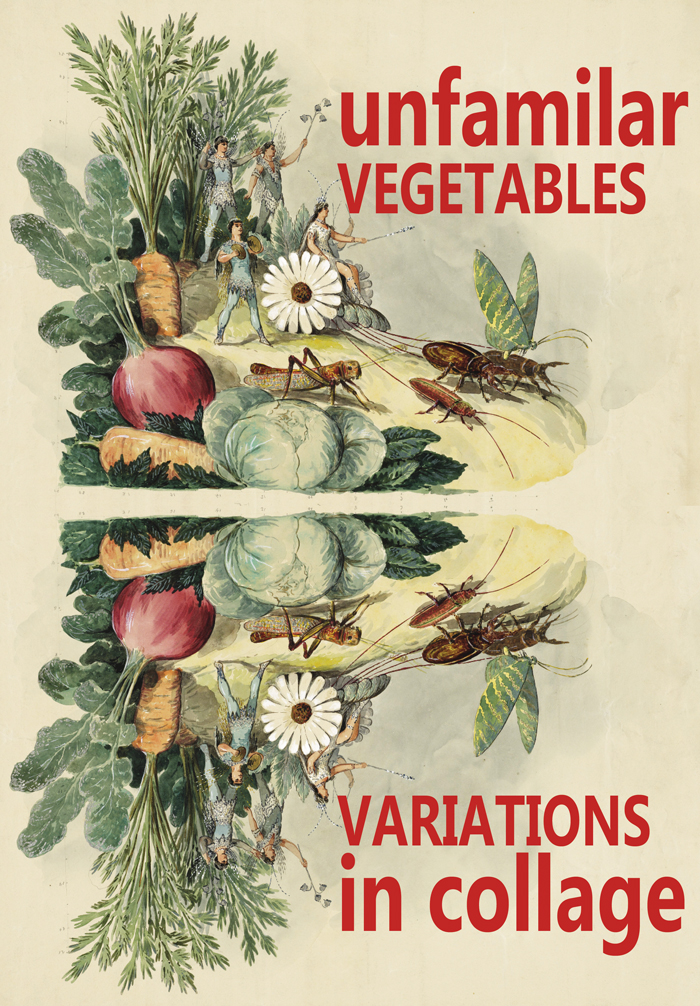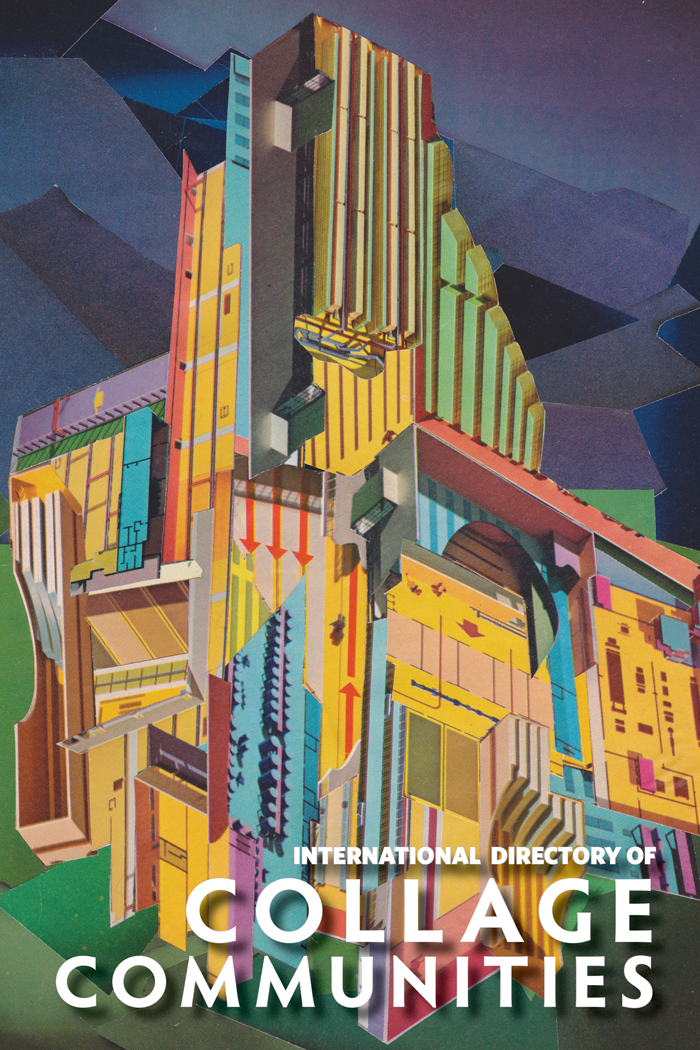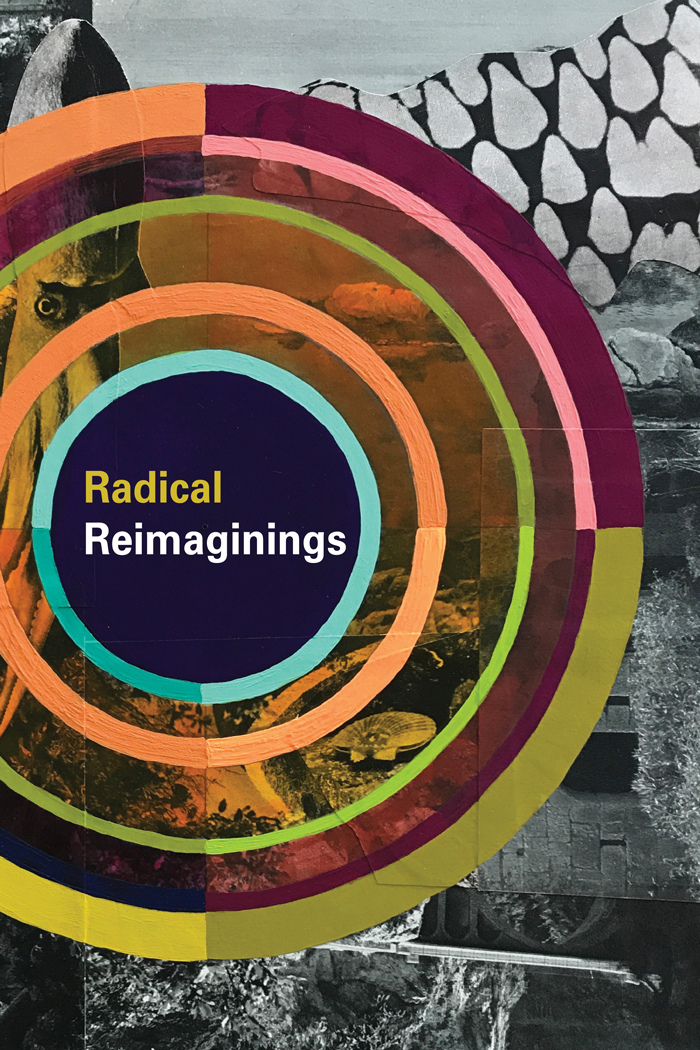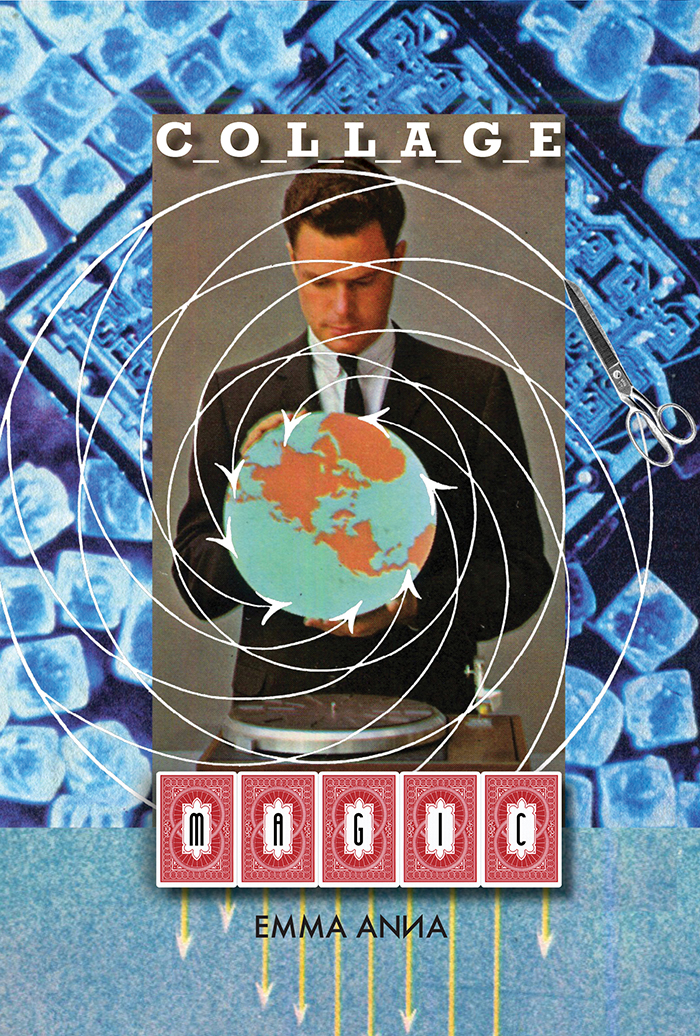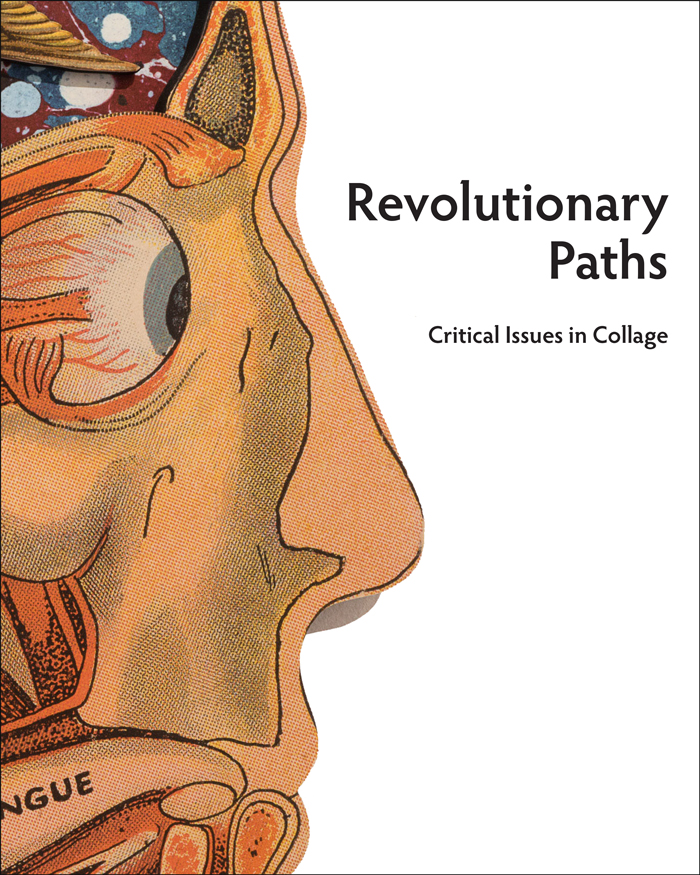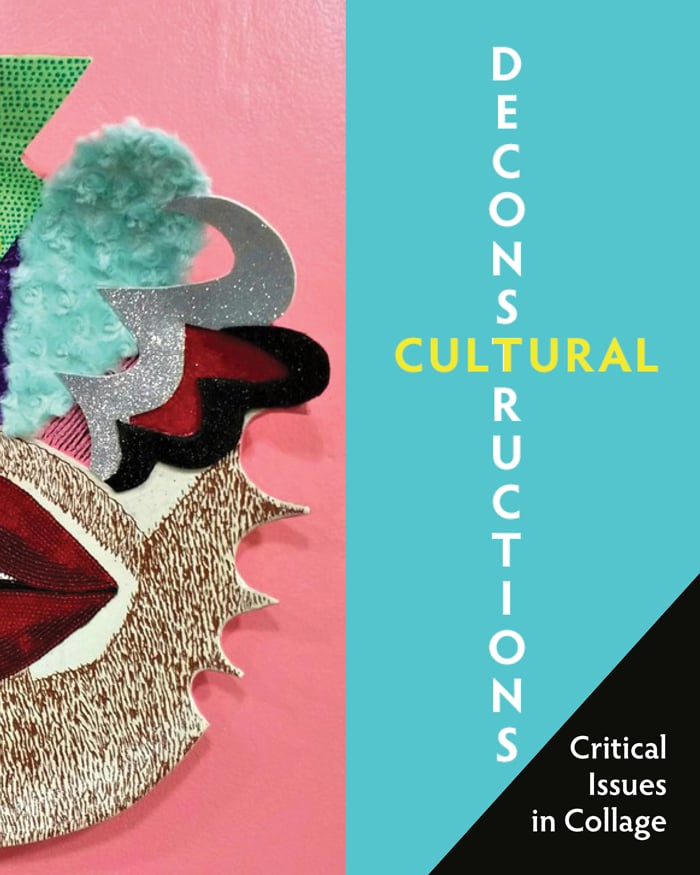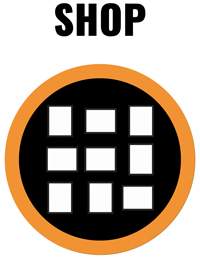![]()
MAGAZINE | INSTITUTE | CURRENT ISSUE | ARTIST DIRECTORY | SHOP
Friday, January 1st, 2021 is the LAST CHANCE to subscribe to Kolaj Magazine & start with Issue #30.
Our goal with every issue is that Kolaj Magazine is essential reading for anyone interested in the role of contemporary collage in art, culture, and society. We not only hope you enjoy the articles and images in Kolaj #30, we hope it takes you somewhere you never knew existed.
From the island of Cuba to the tip of South America, to Norway and Denmark then back across the Atlantic to North America, Kolaj #30 is a journey through the hearts and minds of the collage community.
These artists are responding to social upheaval, questioning the function of the photographic image, repurposing old billboards, encouraging children to engage with art, making new festivals, telling stories about their communities, reflecting on personal histories, imagining cities, and intervening on the urban landscape.
SUBSCRIBE
OR
ORDER A COPY
Check out the issue!
COLLAGE COMMUNITIES
Estallido Social Births Collage Group in Chile
In April 2018, Cole Collins and Freya Gowrley convened the international conference, “Collage, Montage, Assemblage: Collected and Composite Forms, 1700-Present” at the University of Edinburgh from which the Scotland-based Collage Research Network was born. In November 2019, Kolaj Magazine announced the formation of an institute “to study, document, and disseminate ideas that deepen our understanding of collage as a medium, a genre, a community, and a 21st century movement.” In Kolaj #30, we report on a new group in Chile that has followed suit: Centro de Estudios del Collage. MORE
COLLAGE COLLABORATION
Tale of Two Collagists
Countering the myth of the solitary artist, who toils alone in their studio, is an ongoing theme at Kolaj Magazine. We see community and connection everywhere and integral to artistic practice. When Heather Annis shared her work with us in January, she mentioned how meeting, corresponding, and exchanging materials with Melanie Mowinski inspired and informed her collage work. After hearing Annis’ side of the story, we became curious about what Mowinski had to say about their interactions. We invited each of them to share their experience in Kolaj #30. MORE
COLLAGE IDEA
The City of Objectivity
As editorial policy, Kolaj Magazine neither reprints previously published material nor do we publish fiction. The decision to make an exception in this case was informed by the events of 2020. Knights’ story reminds us that fiction, at times, can speak to a greater truth. The work of fiction is a meditation on art’s relationship to power, or more precisely, the writing is a commentary on how artists negotiate social structures. MORE
COLLAGE EVENT
LESS Festival of Contemporary Collage
at the Old Town Hall and throughout Viborg, Denmark through 18 October 2020. The LESS Festival of Contemporary Collage brings together an international community of collagists and image makers, who work in print, sculpture, and moving images. Conceived before pandemic, the theme of “Nutopia” now invites new contemplation. When the tectonic plates of our civilisation shift, we have room for consideration of how nature and community grounds us; and embrace that art provides us purpose and connection, in the most challenging of times. An article about the LESS Festival of Contemporary Collage appears in Kolaj #30. MORE
GOING BIG
Take It to the Street
Miss.Printed goes big when she needs to. When asked if the idea of large work excited or scared her, she replied, "Both." In Kolaj #30, we review two projects where Miss.Printed went big: commissioned collage at bus shelters in honor of Norway’s National Day (syttende mai) and installations at Social Surfaces +0161 Festival in Manchester, England. The article is part of our ongoing series that investigates the strategies and approaches artists use to increase the scale of their work and engage with the larger art world. MORE
COLLAGE VENUE
Sharp Hands Gallery
The current issue of the print magazine reports on a new online platform taking shape. Kevin Sampsell and Cheryl Chudyk decided to create Sharp Hands Gallery in response to COVID-19. The gallery will release collections four times a year, featuring six artists debuting six new works, all of which are for sale. MORE
COLLAGE BOOKS
How to Spot an Artist (This Might Get Messy)
Danielle Krysa uses her characteristic playfulness, lively illustrations, and humor to help kids overcome negativity about their artistic endeavors--and to help them redefine what being an artist means. In a world that drastically undervalues creative freedom, Krysa’s whimsical paintings and collages joyfully proclaim that art is essential and that artists are everywhere. The book is featured as a News & Notes item in the current issue of Kolaj Magazine. MORE
NEWS & NOTES
City of Seattle Collects Collage
For over four decades the City of Seattle, Washington has been using 1%-for-Art funds from city construction budgets to build a Civic Art Collection that is displayed throughout city galleries and offices. The collection features a number of collage artists. In Kolaj #30, we report on their acquisition of collage by Lisa Sheets. MORE
COVER ARTIST
Subverting Realities
In Kolaj 30, Yenny Hernández Valdés writes about the collage work of Cuban artist Ricardo Miguel Hernández: For several years, the artist conducted experiments on the variability of 'the real', starting with the finite object of a photograph of the 'other' (which Hernández purchased or negotiated access from the subject), which led in turn to the sublime, the irrational, and, simultaneously, the constructed truth, thus giving rise to the most diverse, strange and eccentric, perhaps, semiotic readings. MORE
ARTIST PORTFOLIO
Billboard Cut-Ups
Falcon Heights, Minnesota, USA. Steven McCarthy’s work has long stood at the confluence of graphic design, art, writing and self-publishing. In artist books and installations such as “Wee Go Library”, the artist remixes written and visual culture. In 2020, McCarthy purchased four, 30-foot by 40-foot billboard vinyls and set about collaging them. A portfolio of McCarthy's work appears in Kolaj #30. MORE
ARTIST PORTFOLIO
Temporal Arts & Material Value
From Halifax, Nova Scotia, Canada, Rhonda Barrett aims to create collages that speak to our consumer driven society and direct our attention back to simple pleasures. The waste-not-want-not attitude and nostalgia of her maritime upbringing is paramount in her choice of medium and also informs many of the images she captures. A portfolio of Barrett's work appears in Kolaj 30. MORE
ARTIST PORTFOLIO
Paper Mingles with Gloops of Paint
Shreds of torn paper mingle with gloops of paint. A dull pink spills over the pixelated pattern of a black and white security envelope. A pool of mauve forms a hard edge against a pointed piece of black. For all its thick materiality, Ice Cream Castle by Patti Robinson is atmospheric in composition and non-representational of its subject. MORE
A portfolio of Robinson’s work appears in Kolaj 30. To see the complete Artist Portfolio,
COLLAGE HISTORY
Breaking Bread with the Dead
Ray Johnson was a seminal figure in the early Pop art movement, a brilliantly original collagist and the de facto “father” of mail art with his “New York Correspondence School”. A refugee from Manhattan, after his friend Andy Warhol was shot and he was mugged in the street, Ray settled into the suburban art scene on the North Shore of Long Island. The art world thought he had gone underground. It was during this time that Johnson met fellow collage artist Joan Harrison. The two struck up a friendship that lasted until his death in 1995. Harrison reflects on her time knowing Johnson in Kolaj #30. MORE
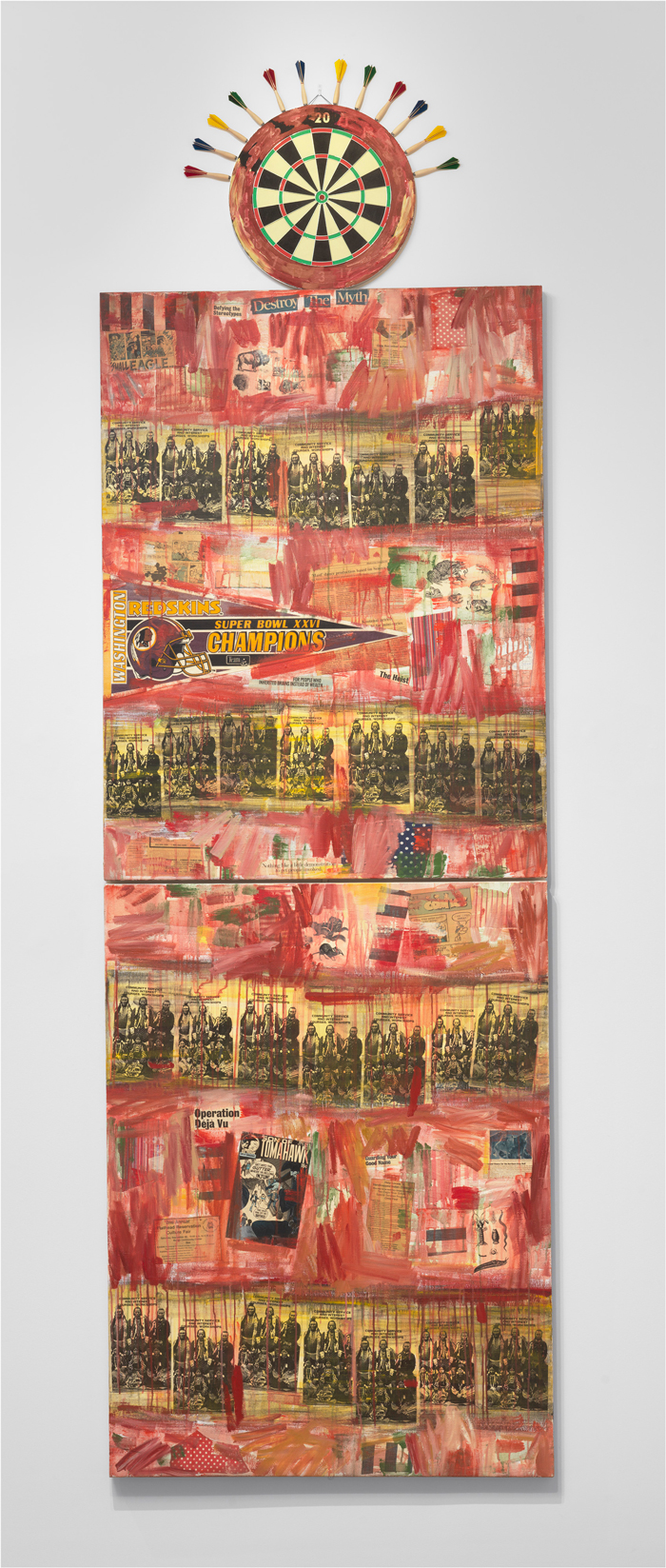
EDITORIAL
Destroy the Myth
In June 2020, when the National Gallery of Art in Washington, D.C. announced the acquisition of I See Red: Target by Jaune Quick-to-See Smith, the statement proclaimed it to be “the first painting by a Native American artist to enter the collection." In Kolaj 30, Editor Ric Kasini Kadour reflects on the National Gallery's historic acquisition, the role of museums, how collage facilitates conversation between cultures, and why it is important to see Smith's work as a collage. MORE
EXHIBITION
Louisiana Contemporary 2020
At the Ogden Museum of Southern Art in New Orleans, Louisiana, USA through 7 February 2021. Since 2012, the museum has hosted an annual survey of art by Louisiana artists. The exhibition is a highlight in the museum’s annual schedule and an opportunity to spotlight how living artists are engaged in deep dialogue with their communities...The exhibition affords the collage enthusiast an opportunity to see the medium in its natural environment intermingled with other kinds of art. In Kolaj #30, Ric Kasini Kadour reviewed the collage in the exhibition. MORE
ARTIST PORTFOLIO
A Splice of Narrative
Well-established as a poet and English professor, Brian Barker was led to collage during a period of creative restlessness. "I knew a lot of other poets who made collage on the side. So, I started looking around and thinking about what kind of collage I might make. It quickly turned into an obsession!" MORE
A portfolio of Barker’s work appears in Kolaj 30. To see the complete Artist Portfolio, SUBSCRIBE to Kolaj Magazine or Get a Copy of the Issue.
ARTIST PORTFOLIO
Language, Literature, & Collage
Jackson's Hole, Wyoming's Gisele Olson comes at collage from studying English literature. While working on her Masters, a professor invited her to submit a creative project in lieu of a typical paper. "I made what would become the first in a group of seven stitch-collaged paper dolls that reflect/critique the historically nocuous influence of western medicine and psychoanalysis on women and their minds/bodies," recalled Olson. While cultural critique remains a cornerstone of her work, she has since moved on to working with vintage postcards. A portfolio of Olson's work appears in Kolaj 30. MORE.
Recent Publications
ORDER A COPY
NEW BOOK
Unfamiliar Vegetables: Variations in Collage
Unfamiliar Vegetables is a collection of collage where each of the fifty artists interpreted, in their own way, Carlotta Bonnecaze’s 1892 Carnival float design Familiar Vegetables. Project organizer Christopher Kurts observed, “Unfamiliar Vegetables is an experiment in controlled chaos….tiny variations within each artist’s creative sphere accumulate until the outcomes are as unique as the people creating them.” MORE

Unfamiliar Vegetables is sent automatically to members of the Silver Scissors & Golden Glue Societies and those who join before 31 December 2020. These special subscribers support the work of Kolaj Institute while receiving an item from Kolaj each month. JOIN TODAY
Our goal with every issue is that Kolaj Magazine is essential reading for anyone interested in the role of contemporary collage in art, culture, and society. We not only hope you enjoy the articles and images in Kolaj #30, we hope it takes you somewhere you never knew existed.
SUBSCRIBE OR ORDER A COPY
CURRENT ISSUE
KOLAJ #30
From the island of Cuba to the tip of South America, to Norway and Denmark then back across the Atlantic to North America, Kolaj #30 is a journey through the hearts and minds of the collage community. These artists are responding to social upheaval, questioning the function of the photographic image, repurposing old billboards, encouraging children to engage with art, making new festivals, telling stories about their communities, reflecting on personal histories, imagining cities, and intervening on the urban landscape. MORE
BOOK
The International Directory of Collage Communities
The 104-page book is a survey of collage networks, guilds, communities, and projects as well as online efforts and groups focused on collage research. For each community, the directory presents their key activities, mission, how to join, and a bit of their history. Copious images illustrate the book. MORE
BOOK
Radical Reimaginings
The curators of the 96-page book invited artists who use collage in their practice to put forward a work of art that offers a visual narrative that speaks to the unprecedented change unfolding in 2020. An essay by Ric Kasini Kadour reflects upon collage's unique ability to imagine new realities. Forty artists from nine countries and multiple Indigenous peoples—Salish-Kootenai/Métis-Cree/Sho-Ban, Tlingit/Nisga’a, Oglala/Lakota, and Seneca Nation—offer a variety of perspectives. The voices of Black, Latinx, Native, and white Americans mingle with those from Chile, Colombia, Mexico, Peru, Argentina, Canada, France, and Germany. Artwork is accompanied by a statement in which the artists describe how they want to reimagine the world. MORE
BOOK
Collage Magic
by Emma Anna
Part autobiography, part fantasy, Emma Anna’s vision of The New Old World (aka The NOW) fuses vintage ephemera with modern imaging technologies. Emma shapes this strange world by using the pen tool from Adobe Photoshop as her magic wand, in the process declaring herself to be a “collage magician”. Part artist book, part document of art making, Collage Magic, from La Casa Verde Editions, is Emma Anna’s journey through magic and art. MORE
BOOK
Revolutionary Paths
When the collage is presented in exhibition, it is often done so without the critical framework granted other mediums. In "Revolutionary Paths: Critical Issues in Collage", exhibition curator Ric Kasini Kadour presents examples of collage that represent various aspects and takes on the medium. Each work in the exhibition represents the potential for deeper inquiry and further curatorial exploration of the medium. MORE
BOOK
Cultural Decontructions
Collage is unique as a medium in that it uses as its material artifacts from the world itself. To harvest those fragments, the artist must first deconstruct culture; they must select, cut, and remove the elements they do not wish to use and then reconstruct work that tells a new story. In "Cultural Deconstructions: Critical Issues in Collage", exhibition curator Ric Kasini Kadour presents examples of collage artists who are deconstructing identity as a way to critique culture. MORE
Our goal with every issue is that Kolaj Magazine is essential reading for anyone interested in the role of contemporary collage in art, culture, and society. Each issue of Kolaj Magazine is dedicated to reviewing and surveying contemporary collage with an international perspective. We are interested in collage as a medium, a genre, a community, and a 21st century art movement.
